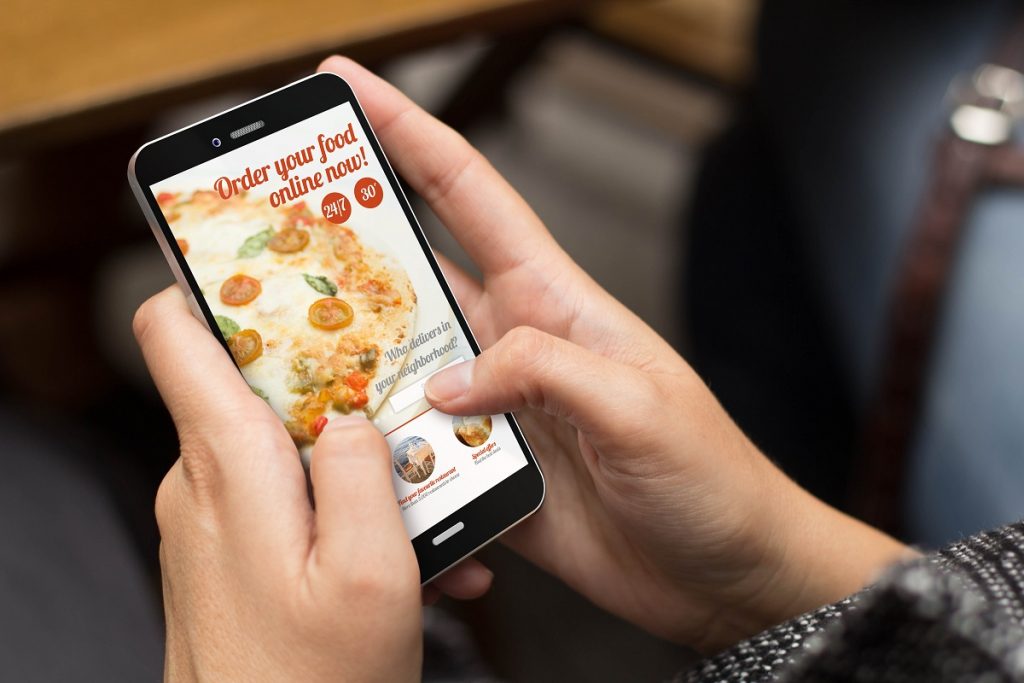The restaurant industry experienced a slowdown when the pandemic started. While around 10 percent of US restaurants closed their doors permanently, many continued their operations after a brief shutdown following the issuance of shelter-at-home directives by the authorities.
These restaurants displayed resilience as they made adjustments to their operations to allow them to reach their customers. Some restaurants offered deliveries while others started marketing their products online. Some even made changes to their menu to make them customer-friendly.
Here are some trends in the restaurant industry that will continue even after everything goes back to normal.
Contactless Dining to Remain Popular
In 2018, a study showed that acceptance of contactless technology in the US lagged behind the United Kingdom and South Korea. But this change after the pandemic happened, more Americans started using contactless payment methods as people shifted from in-store to online purchases to avoid getting infected by the virus.
Aside from contactless payments, contactless dining has also started to become popular in the US. The experience allows diners to view the menu, order food, and pay for meals without interacting with anyone from the restaurant. Similar to contactless payments, the service became popular during the pandemic as people were apprehensive about catching the virus from people who were not a part of their household.
The restaurants also saw the benefit of the technology since it streamlined their operations and allowed them to offer faster services to their customers. It also reduced the number of employees in the front of the house since they do not need to take orders and receive the payments of the customers.
Additionally, the customers would pick up their orders from a cubby that had an assigned number without interacting with anyone from the restaurant. Other restaurants used a system similar to the automats that were popular when the Spanish Flu plagued the world in 1918.
A Surge of Ghost Kitchens
Ghost kitchens, also known as virtual kitchens, became a part of the mainstream restaurant industry as the availability of kitchen space increased after the pandemic started. These preparation and cooking facilities offer delivery services only. These kitchens do not have storefronts or dining areas.
Big restaurant chains work with ghost kitchens to offer delivery services without performing the preparation and cooking within their main kitchen in their restaurants. Aside from offering cooking services to big-chain restaurants, ghost kitchens also operate as full-service restaurants that offer takeout meals or cater to events.
This concept is ideal for chefs who want to avoid investing in a sit-down restaurant but still offering meals they create in the market. It is also designed for restaurant owners who want to offer their dishes in places where they do not have a physical restaurant.
Fast Casual Restaurants Will Dominate
Fine dining restaurants across the country closed after the authorities issued the shelter-in-place directives. The situation compelled these restaurants to make adjustments to reach the market. Many of these restaurants opted to convert into fast-casual restaurants since these types of restaurants can adapt to a health crisis
With this, many Michelin-starred restaurants rebranded themselves and started offering the usual fast-casual restaurant menu offerings. Aside from contactless ordering and payments, these restaurants also offer entrepreneurs the opportunity to get a quick-service restaurant franchise since they are easy to set up and manage. With the system in place, entrepreneurs will only have to hire the employees and run the restaurant after paying the franchise fee.
Restaurant Meal Kits to Continue

With their customers asked to stay home, fine dining restaurants did not have a market. This forced some restaurants to close while others opted to start offering meal kits that customers can take out and bring home. The feat was quite challenging for some restaurants since they had to prepare and cook a lot of dishes for their customers.
Meal kits allowed customers to take home their favorite meals from restaurants they used to frequent before the pandemic. While some dishes only needed heating, others required the customers to assemble them at home. Despite the hassle, customers still purchased the meal kits since they longed to eat the dishes after staying home for some time.
But the situation has changed after over 47 percent of the total population getting fully vaccinated. Restaurants started accepting dine-in customers. While revenues improved as people started eating out, some restaurants plan to continue offering meal kits to reach a market they never tapped before the pandemic. It also reaches customers who prefer to eat in the comfort of their homes.
The pandemic caused an evolution in the restaurant industry. This started a trend that industry watchers expect to continue even after everything goes back to normal.


